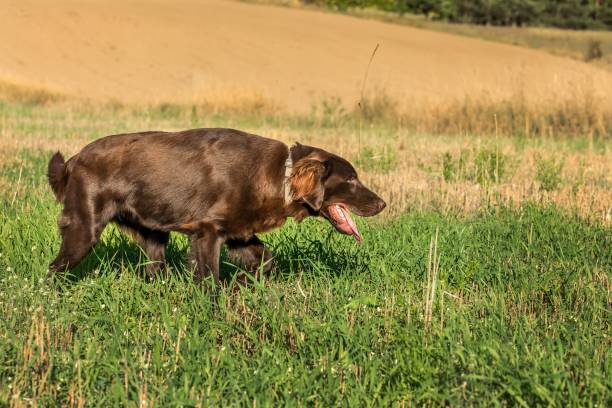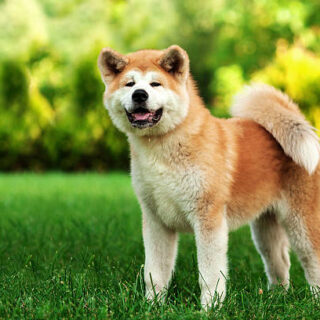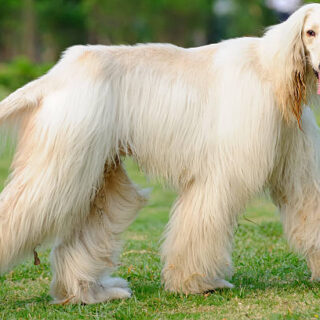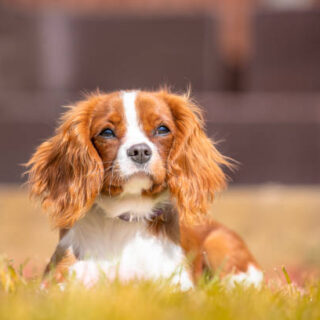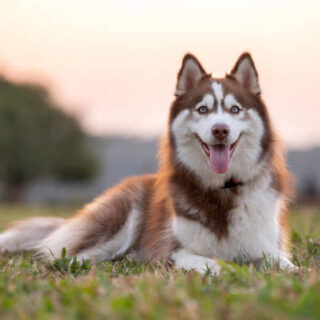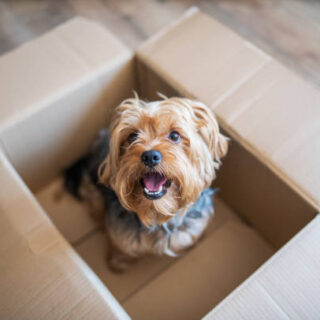Your cart is currently empty!

Single Product
Flat Coated Retriever Dog Breed
Flat Coated Retriever Dog Breed The Flat Coated Retriever was developed in the late 18th Century. Due to the advancement and efficiency of shotguns, hunters found they had a need for an efficient retrieving dog to retrieve their game. To develop a dog to meet their requirements they experimented with the crossing of different breeds.…
Description
Flat Coated Retriever Dog Breed
The Flat Coated Retriever was developed in the late 18th Century. Due to the advancement and efficiency of shotguns, hunters found they had a need for an efficient retrieving dog to retrieve their game. To develop a dog to meet their requirements they experimented with the crossing of different breeds. Sheepdogs were used for their trainability, Spaniels for hunting skills, Water dogs for retrieving wildfowl and Setters for their keen nose.
The founder of the modern Flat Coat, Mr. S. E. Shirley, (born in 1844 and founder of the Kennel Club of England) used a proportion of these with the St. Johns Water Dog, also known as the Lesser Labrador or the small Newfoundland. The Curly Coat Retriever appeared to branch off at about this time. Leaving what were then called Wavy-coats as a more or less pure breed. The Wavy-coat, however, was a reference used rather loosely, as for a time it appeared to cover several different types.
Average lifespan of Flat Coated Retriever
Flat Coated Retrievers will usually live up to eight years of age, but given a loving home and the right food can live up to ten years.
Average size and weight
Healthy males usually weigh up to 38kg and reach 63cm in height, while the females should be about 26kg and stand about 58cm tall.
Breed personality, characteristics & temperament
The Flat Coated Retriever is described as the canine Peter Pan – It never grows up. It is always ready for fun and play even when advanced in years. It is a kind, sociable and loving animal and because of this is totally trustworthy with children. (Supervision should be undertaken with small children, however, as they can hurt a young puppy). Although it will bark if someone is around, it is definitely not a guard dog. It is firstly a companion, always requiring and sometimes demanding to be in the company of its owner.
Flat Coated Retriever Compatibility with other pets
Most Flat Coats are compatible with other pets, depending on the pet. Most will live in harmony with cats if they are trained to do so.
Care requirements
Every Flat Coated Retriever benefits from a daily walk, swim or run, however, it can survive if it only gets out about three times a week. But more often is better. A brush once a week ensures a healthy coat; some minor trimming especially around the feet and ears makes the dog look tidier.
Please take note
A Flat Coat is not the sort of dog that can be totally happy without human companionship. It is happiest when it is interacting with its owner, as it likes to be part of the action. Normal secure fencing is required for this breed, to keep it safe from traffic.
Ideal owners
An active person who is prepared to have the dog around, either in the house or garden, to take it for walks, runs and swims. It is well suited to the family with children over seven years. Younger children may be knocked over due to its exuberance when a puppy. Most breeders prefer to sell to families with children of an age that can be taught not to harm the puppy.
